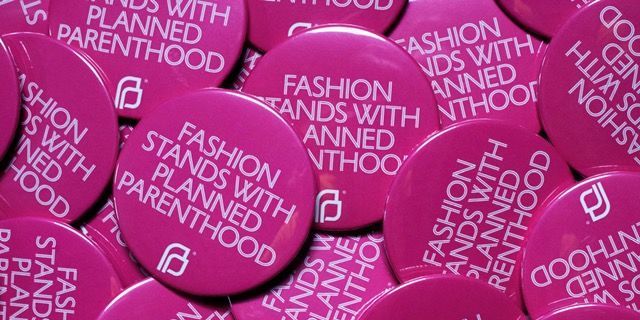Only the smart will survive, so pull your socks up
Guest blog by Meg Dunn, creative director for Executive Apparel
A few weeks ago, I had dinner with Executive Apparel’s president and its director of product development in Orlando, Florida. In desultory fashion, we discussed the weather (unusually cold for Florida this time of year) and the economy (not so hot either) over dinner until someone raised the subject of socks. Suddenly the evening sprang to life: The men pushed their chairs back from the table and rolled up their pant legs. One of them was wearing a low black sock that ended three or four inches above the ankle, revealing a hairy yet snow-white leg; The other gentleman had his thin calf covered in a finely spun material. Each man stared at the other’s socks in uncomprehending horror.
I thought of each of them this morning when I read a New York Times blog in which a fashion writer advised men what to wear on the day they get fired.
“The perfect termination outfit should feature professionalism and employability as the top note, but with accents of confidence and an aftertaste that leaving the premises means moving on up. A sober suit with a bright shirt is perfect.”
The advice appealed to me, as did the delicious compress of the writing. Yet the post immediately caused a storm of self-righteous indignation from readers accusing the author of crassness in focusing on accessories at a time like this. Such readers miss the point. Accessories are even more important at a time like this. Even in good times, there is nothing trivial about what businessmen and women choose to wear.
A peep under our pants at our socks will reveal some of our true personality that we keep hidden; a peep at the rest of our outfit will tell what line of business we are in and a clue on the state of the economy. One of the few welcoming side effects of recession is that we all smarten up. A sober suit is not only the right thing to wear the day you get axed, but also the right thing to wear every other working day too.
At the promotional products conference in Orlando a few weeks ago, I saw a lot more salespeople in a suit and tie than one would have expected. At the same conference two years ago, they were probably all dressed casually. Salespeople are on the front line of the job market and so, if they think suits are in, they are in.
The casual look, which we used to celebrate as a sign of egalitarianism and unstuffiness, now is seen as kind of sloppy. We now see that an employee in casual clothing looks simply awful, and we also are starting to suspect that an individual who is casual with clothing may be casual with company funds.
This new smartness is born of paranoia. A male friend of mine recently purchased some Ralph Lauren dress shirts (a sale bargain) in order to send the message to his boss that he would rather not be fired. It has been a good investment: he still has a job and says the ritual of ironing these shirts reminds him that his job matters, and claims to respect it a little more.
I discovered a few years ago the truth that one feels better about one’s job when one looks smarter. Until I was about 30, I used to dress myself mainly in clothes bought from the sale or clearance racks, and slung them on carelessly. Now I wear nicer sweaters, blouses, jackets and pearl earrings. Partly, I’m trying to offset the ravages of age (don’t laugh, even though I haven’t hit 40 yet), but I’ve also noticed that, when I dress to impress, I may not succeed in impressing anyone else but I do impress myself. And that, surely, is a good start.
More than this I find that dressing up is a nice thing to do in itself. It lifts the spirits. I have a friend who has just been appointed to a senior managerial job and her first decision has been to launch High Heels Friday. Immediate feedback suggests that this is going to be popular with her female staff. When the economy is grim, we need to dress up to cheer up.
There are two further advantages to dressing formally for work. First, it means that you always know what to wear. Those stressful daily questions— tie or no tie? Khakis or dress pants?—are answered simply. Even better, dressing up means a sharper demarcation between work and the rest of your life: a tie means no slopping around doing nothing.
Yet the biggest joy about saying goodbye to casual is that we say goodbye to some of the cruddy thinking that went with it. The most pathetic was the idea that dressing casually helped you to be creative. I have been watching the television series, Mad Men, and am gratified to see that the creatives in a Madison Avenue advertising agency in the 1960s did not let their stiffly starched collars and perfect tailoring prevent them from dreaming up good ads.
To survive this recession, we need to smarten up and buckle down. We need some belts and braces. We need to pull ourselves up with our own bootstraps. We need to get some work under our belts. So get up and out there, job or no job, every day, dressed smart and ready for work and pull your socks up to whatever length they happen to be.
Meg Dunn is the creative director for Philadelphia-based apparel supplier Executive Apparel. Executive Apparel specializes in work uniforms and formal apparel for the promotional products industry, and has been best known for their blazers. Executive Apparel has been in business for over 76 years.
For more information visit www.executiveapparel.com or write [email protected].



